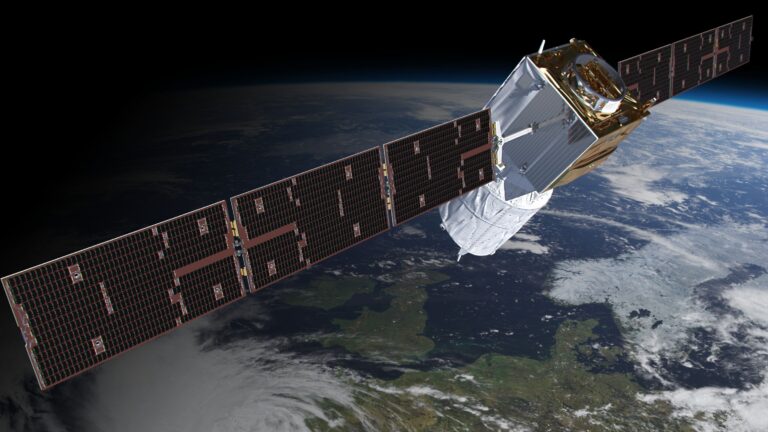Teledyne e2v has been contracted by the European Space Agency (ESA) to develop an improved version of its ultraviolet laser CCD69 detector, which was previously developed for the Atmospheric Laser Doppler Instrument (ALADIN), onboard the Aeolus mission.
Utilizing the experience and data available from the Aeolus mission, which hosted the first doppler wind lidar in space, Teledyne e2v will further enhance the performance and sensitivity of the ultraviolet detector that could ultimately be deployed in the next-generation space-based doppler wind lidar instruments.
The Aeolus mission is currently in orbit gathering atmospheric wind profiles across the Earth. Aeolus data is being distributed publicly to forecasting services and scientific users across the world in less than three hours of sensing.
Aeolus’ ALADIN instrument works by emitting an ultraviolet laser beam through the Earth’s atmosphere and measuring the reflected return signal from air molecules and particles in the atmosphere.
Teledyne e2v, in collaboration with Airbus Defence & Space and ESA, developed an innovative detector that simultaneously measures the travel time and Doppler-shift of the returned ultraviolet laser pulse to resolve the atmospheric wind speed at different altitudes along the instrument line-of-sight, from the surface or top of optically thin clouds up to about 30km altitude. This technique also allows for the detection of thin aerosol and cloud layer and the top altitude of thick clouds.
The returned signal is typically extremely weak, however the detector has the capability to add together a number of returned pulses to improve the accuracy of the measurements. Aeolus is the first satellite of its kind to utilize this type of technology in space.
Professor Paul Jerram, chief engineer at Teledyne e2v said, “We are proud that unique technology from Teledyne e2v is at the heart of a mission that is improving the quality of weather forecasts around the world and excited to be developing the next generation detector that will produce even better quality, higher resolution data that will provide further improvement to climate science.”



